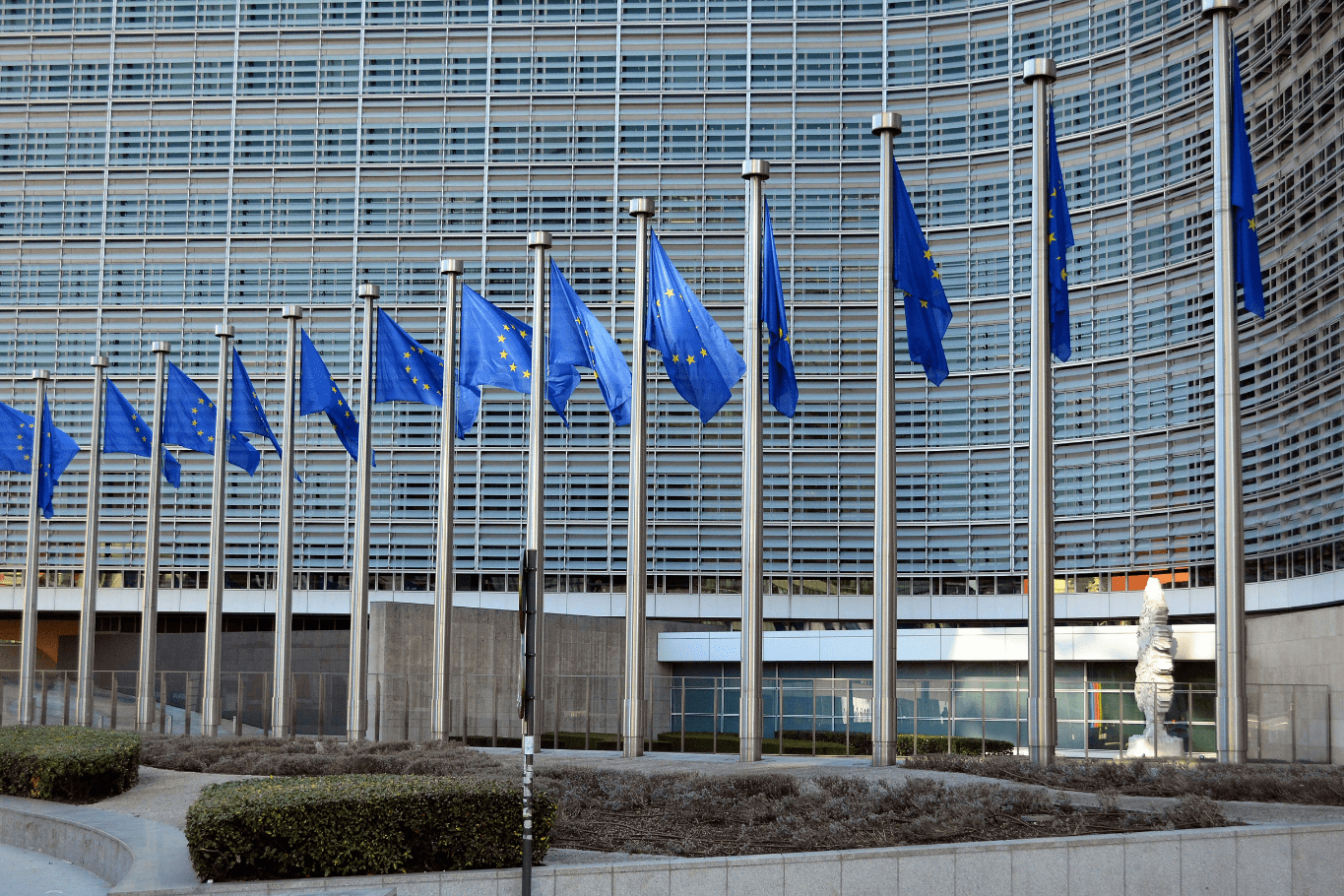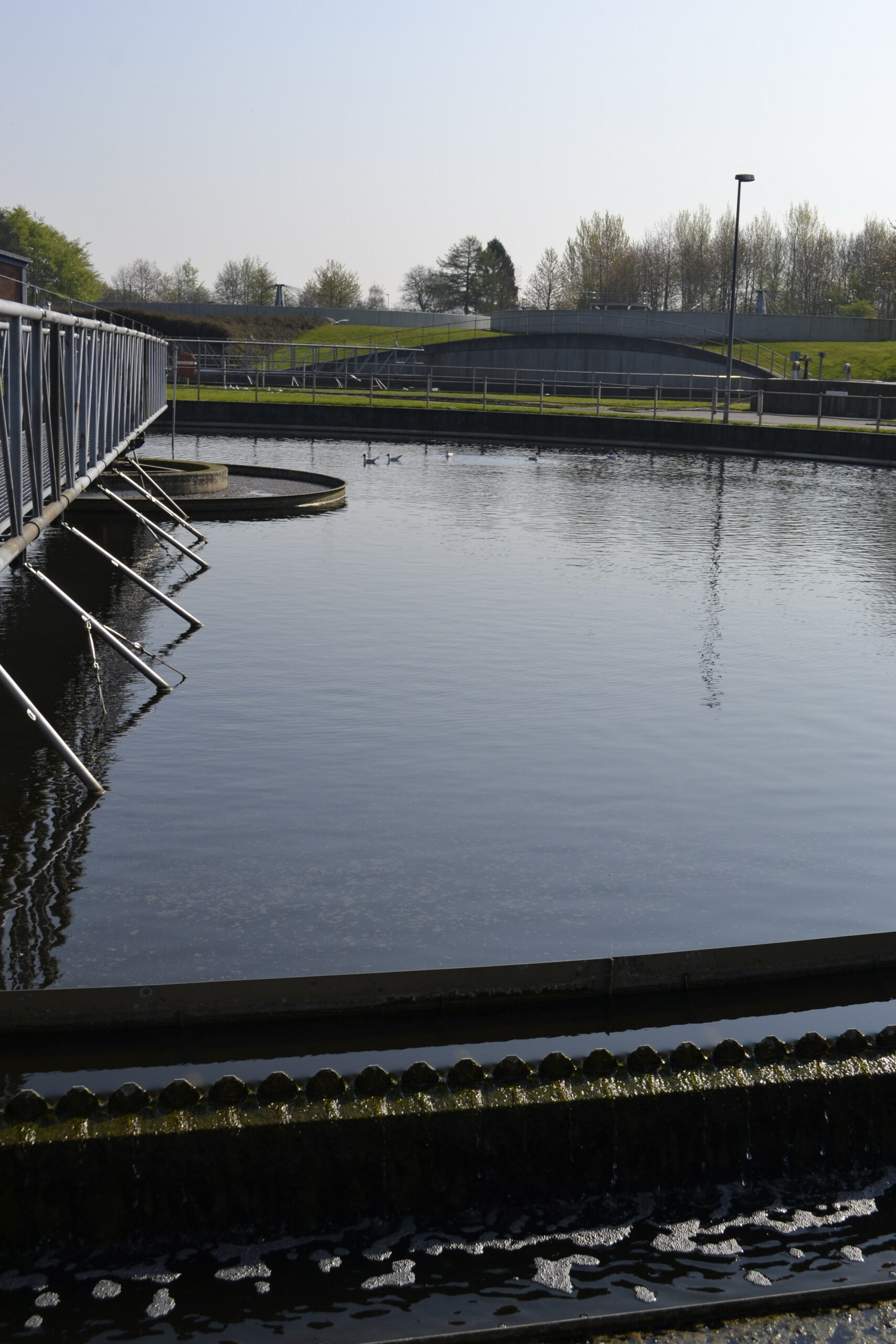News
Green financing
Biodiversity
Buildings
+5
The EU proposes 90% CO2 emission cuts by 2040


On 7 February the EU Commission proposed that the EU should set an economy wide 2040 target for 90% net greenhouse gas emissions cuts compared to 1990 levels. The plan is centered on bolstering the European clean-tech industries, while concurrently securing public backing for climate policies leading up to the upcoming EU elections.
This target contains the overarching goal to ensure that EU member states remain on the course of meeting the ultimate objective of achieving net zero emissions by 2050, as well as the 2030 target.
Prior to the negotiations leading to the proposal, Denmark assembled a coalition 11 EU member states, urging the union for progressive European climate targets.
This resulted in a letter stating that it is crucial for the EU to translate its conclusions from the first global stock take at COP28 into concrete and ambitious actions.
Explicitly urging for progressive targets, the letter states:
“We can only persuade others to step up if we get the job done at home. Therefore, we strongly encourage the European Commission in its upcoming communication to recommend an ambitious EU climate target for 2040.” – Joint call for an ambitious EU 2040 climate target
The EU Commissions consequent proposition envisions a transformation in Europe’s energy landscape, entailing the gradual phasing out of coal-based power and an 80% reduction in overall fossil fuel consumption by 2040.
This reduction would be compensated by an increased reliance on renewable and nuclear energy sources.
Additionally, the proposal highlights the economic consequences of neglecting climate action as failing to limit global warming to 1.5 degrees Celsius above pre-industrial levels could result in an estimated additional cost of EUR 2.4 trillion in the EU by 2050.
You should consider reading
Perspective
Resource recovery from wastewater
+1















